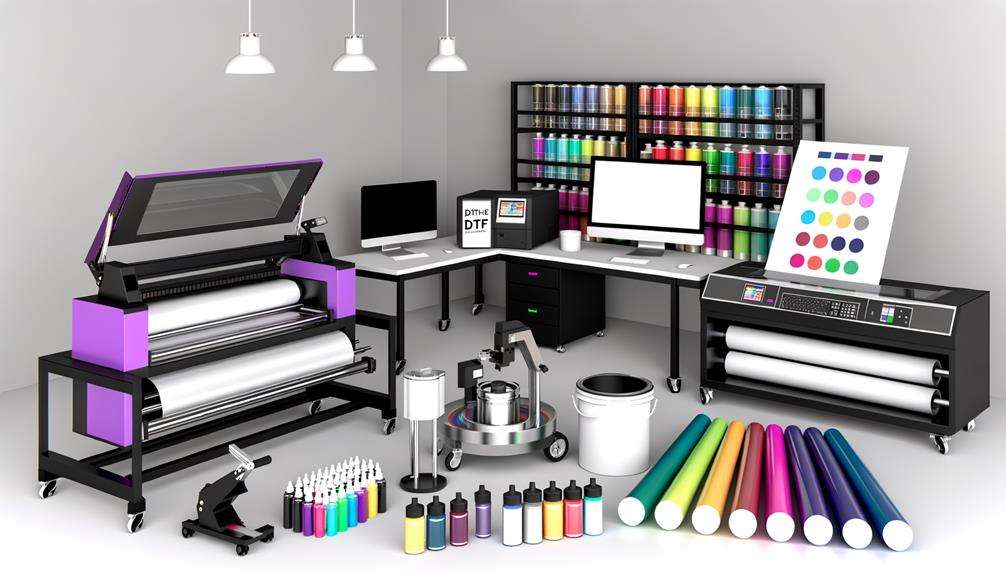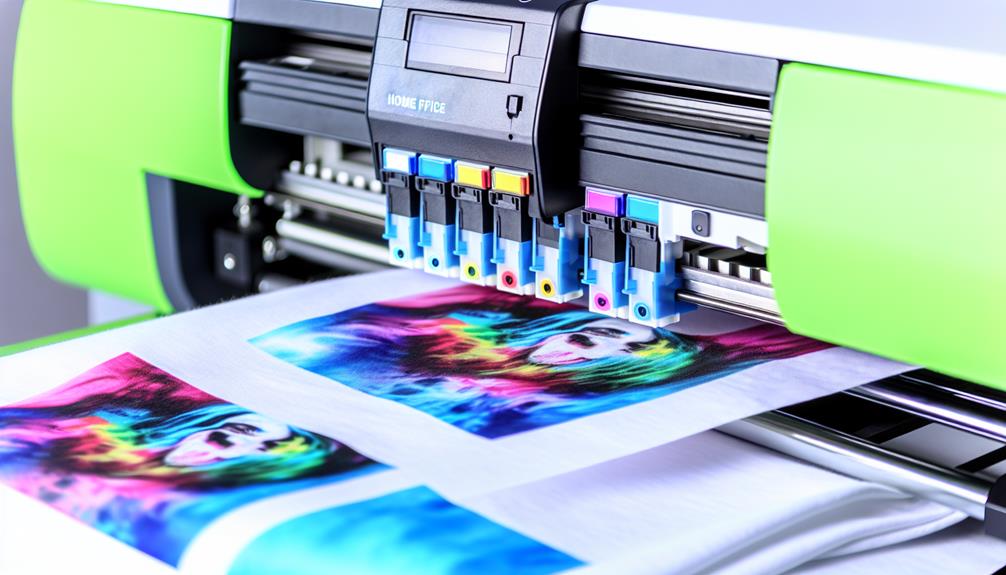
Top Mistakes to Avoid in Your DTF Transfer Printing Journey
Introduction: Understanding DTF Transfer Printing
Direct-to-Film (DTF) transfer printing has taken the custom apparel industry by storm. Whether you're a seasoned professional or just dipping your toes into this creative pool, knowing the top mistakes to avoid in your DTF transfer printing journey can be a game-changer. DTF offers vibrant colors, excellent durability, and versatility that makes it ideal for various textile applications. However, with great technology comes great responsibility—and potential pitfalls. In this article, we will explore common mistakes to steer clear of, ensuring you get the most out of your DTF journey.
What is DTF Transfer Printing?
DTF transfer printing involves printing designs onto a special film and then transferring those designs onto fabric using a heat press. This method stands out for its ability to print complex images with high detail and color accuracy. But what are the nuances of this process?
How Does DTF Work?
Benefits of DTF Printing
- Vibrant Colors
- High Detail Resolution
- Durability
- Versatility Across Fabrics
Top Mistakes to Avoid in Your DTF Transfer Printing Journey
Understanding what not to do can be as crucial as learning best practices. Here are some prevalent mistakes that can hinder your success:

1. Choosing the Wrong Printer
One of the first steps in your journey includes selecting the right equipment—specifically, a DTF transfers quality direct-to-film printer.
What Should You Look For?
- Print resolution
- Ink compatibility
- Cost-effectiveness
- Availability of parts and support
Choosing an affordable DTF printer may seem tempting, but investing in a reliable machine often pays off long-term.
2. Ignoring Material Compatibility
Not all fabrics work well with DTF transfers. Ignoring material compatibility can lead to peeling or fading designs.

Recommended Fabrics for DTF:
- Cotton
- Polyester blends
- Canvas
Always test materials before committing fully!
3. Skipping Pre-Treatment Procedures
Pre-treatment is essential for ensuring that inks adhere properly and that prints maintain their vibrancy over time.
Common Pre-Treatment Methods:
- Washing fabric
- Applying pre-treatment solutions
Failing to pre-treat can significantly compromise quality.
4. Overlooking Color Profiles
Color management is vital in achieving accurate prints. A mismatch between screen colors and printed colors can direct to film transfers lead to dissatisfaction.
How To Manage Colors Effectively:
- Use ICC profiles specific to your printer and ink.
- Conduct color tests before full production runs.
Don't let poor color matching ruin your hard work!

Common Issues Faced During DTF Printing
Navigating challenges during the printing process is part of any journey; knowing how to avoid them is key.
5. Improper Ink Usage
Using low-quality inks can affect both print quality and longevity.
DTF transfer printingTips for Selecting Quality Inks:
- Research brands known for their reliability.
- Check user reviews for insights on longevity and vibrancy.
Good ink makes all the difference!
6. Neglecting Maintenance on Equipment
Regular maintenance ensures that printers function optimally and reduces issues like clogged nozzles or inconsistent prints.
Maintenance Checklist:
Staying proactive here helps keep frustration at bay!
Advanced Techniques in DTF Transfer Printing
Once you've mastered the basics, there are advanced techniques you might consider trying:
7. Creating Custom DTF Designs
Custom designs allow you to differentiate yourself from competitors.
Tools for Design Creation:
- Adobe Illustrator
- CorelDRAW
- Canva
Use these tools to create unique designs tailored specifically for your audience.
8. Utilizing Gang Sheet DTF Transfers
Gang sheets allow you to print multiple designs on one sheet, maximizing resources and minimizing waste—ideal for wholesale orders!
Benefits of Gang Sheets:
- Cost-effective
- Efficient use of materials
- Reduced production time
Take advantage of this technique!
Pricing Strategies for Your Business
Incorporating effective pricing strategies is vital in ensuring profitability while remaining competitive in the market.
9. Setting Competitive Prices without Undervaluing Your Work
Understanding market rates helps you price effectively without undervaluing services offered.
Factors Influencing Pricing:
Striking a balance between affordability and quality is key!
DTF heat transfersFAQs About DTF Transfer Printing
Here are some frequently asked questions that may help clarify aspects of your DTF journey:
1. What types of fabrics work best with DTF transfers?
Answer: The best fabrics for DTF transfers include cotton, polyester blends, and canvas due to their ability to hold ink well.
2. Can I use my existing printer for DTF printing?
Answer: Not all printers are compatible; investing in a dedicated direct-to-film printer is recommended for optimal results.
3. How durable are DTF prints compared to other methods?
Answer: When applied correctly, DTF prints offer excellent durability comparable or superior to methods like screen printing or heat transfer vinyl (HTV).
4. Do I need special inks for my direct-to-film printer?
Answer: Yes! Using specialized inks designed specifically for direct-to-film printing enhances performance and longevity of prints.
5. What's involved in maintaining my direct-to-film printer?
Answer: Regular cleaning, timely replacement of filters, and proper storage conditions contribute significantly towards maintaining performance over time.
6. Is it possible to achieve detailed images with DTF printing?
Answer: Absolutely! One of the major advantages of DTF printing is its capability for high-resolution images with intricate details and vibrant colors.
Conclusion: Navigating Your Path Forward
The world of Direct-to-Film (DTF) transfer printing offers immense opportunities if approached correctly—and avoiding common pitfalls plays an integral role in achieving success! From choosing suitable equipment like the best dtf printer to understanding fabric compatibility and maintenance needs, each step contributes toward creating stunning products that resonate with customers' desires.
As you embark on—or continue—your journey through this innovative medium, custom DTF transfers remember these top mistakes to avoid and embrace strategies that enhance both creativity and commercial viability alike! Happy printing!